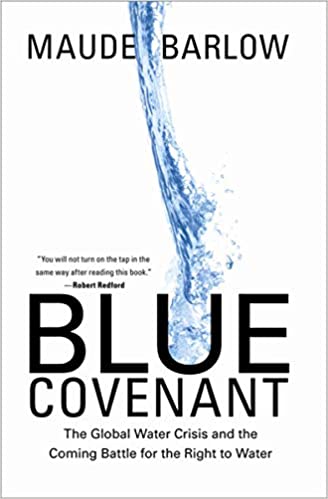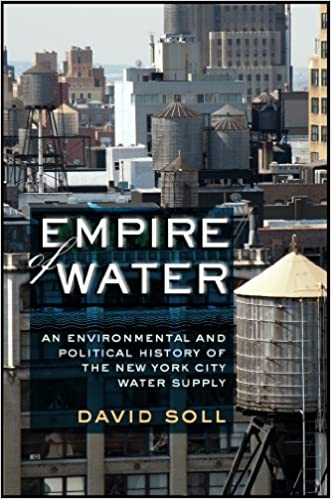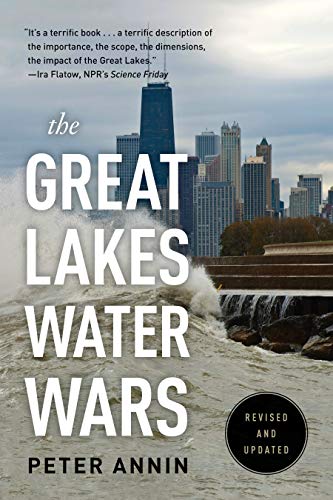
April 4, 2015Draft Hudson River Action Agenda Calls for Reduction of Power Plant Fish KillsIn an ironic coincidence, the NYS Department of Environmental Conservation (DEC) released its Draft Hudson River Estuary Action Agenda 2015-2020 on April 1, 2015, just a week after the Sierra Club and Hudson River Fisherman’s Association (HRFA) filed their second suit challenging a water withdrawal permit issued by DEC to a power plant drawing water from the estuary. See Second Suit Filed Challenging DEC on Water Withdrawal Permits. Issuance of the action agenda is mandated by the Hudson River Estuary Management Act, Environmental Conservation Law § 11-0306. Target 4 of the draft action agenda calls for the reduction of fish kills at the "four remaining steam electric power plants that use once-through cooling systems" in the estuary. Yet, at the same time DEC was drafting the action agenda, DEC pushed three of these plants to the head of the line for permits under New York's new water withdrawal permitting law. The first and the largest water withdrawal permit issued by the DEC under the new law is the permit issued in November 2013 to TransCanada for its Ravenswood Generating Station in Queens to take over 1.5 billion gallons a day from the East River for its once-through cooling system. After issuing the TransCanada permit, DEC issued a permit in September 2014 to US Power to take over 1.4 billion gallons per day from the river for its Astoria generating station in Queens, and issued a permit in October 2014 to Consolidated Edison (Con Ed) to take up to 373 million gallons of water per day from the East River for cooling at its East River Generating Station. These three permits are among the very first permits issued by DEC under the new permitting program. Ultimately, over 1,000 permits will be issued to non-public water users under the new law. The total withdrawals authorized by these three permits are a staggering 3.3 billion gallons per day from just one portion of the estuary—the East River. To put this amount in perspective, 3.3 billion GPD is 330% of the one billion GPD used by the entire New York City water supply system, which provides nearly half the population of all New York State with drinking water. It is 500% of the 650 million gallons per day used by all the coal and gas power plants in the states of Arizona, Colorado, Idaho, Montana, Nevada, New Mexico, Utah, and Wyoming. Although most of the water used by these plants is returned to the estuary after running through the plants' cooling systems, these enormous withdrawals do tremendous damage to aquatic life in the estuary and the entire Hudson River watershed. As Gil Hawkins, president of HRFA stated in an affidavit filed in the Sierra Club and HRFA case, “the East River . . . is a major fish migration route and the enormous withdrawals by these generating stations for their once-through cooling systems do tremendous damage to aquatic life in the estuary and the entire Hudson River watershed. DEC is allowing these huge withdrawals despite the special protections granted to the estuary by the state legislature.” Surprisingly, although the Con Ed plant withdraws less than one-quarter of the water withdrawn by the TransCanada plant, fish impingement and entrainment studies done by both plants show that the Con Ed plant does seven times more damage to the estuary. Data posted by GRACE Communication Foundation shows that annual entrainment by the Con Ed plant is 1,342,191,677 organisms per year, while annual entrainment by the TransCanada plant is 199,000,000 organisms per year. Posted by Rachel Treichler on 04/04/15, updated 04/29/16.
Copyright 2021, Rachel Treichler
|
|






